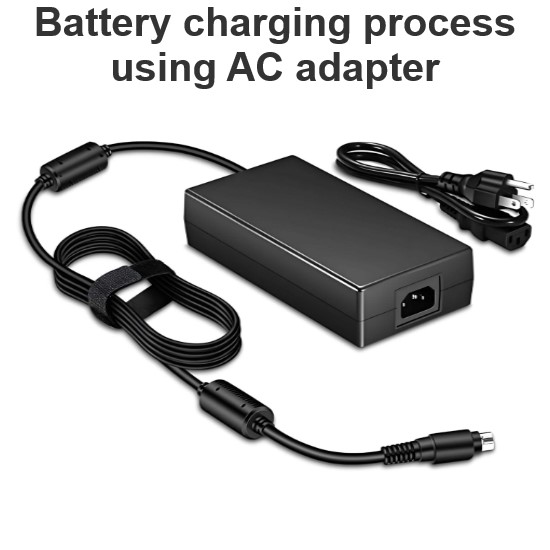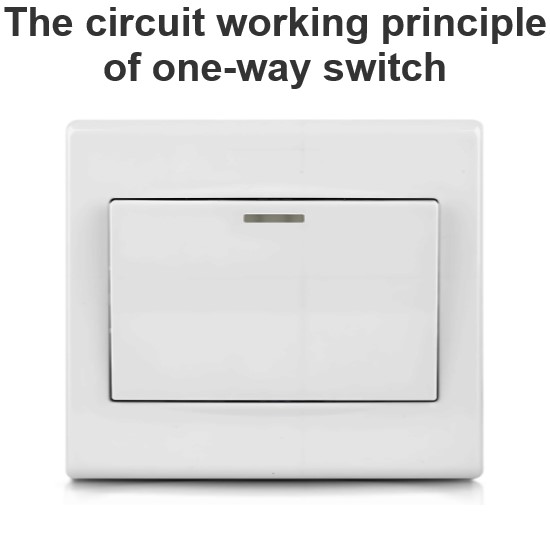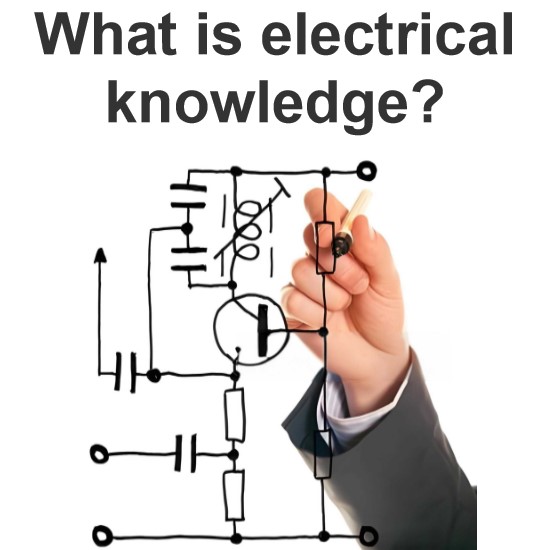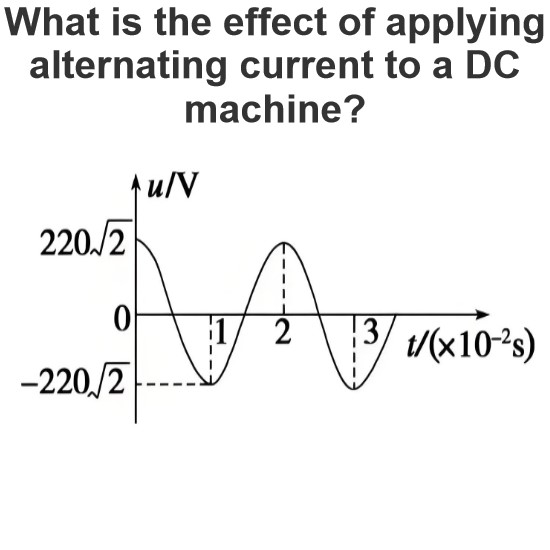What is a Power Transistor?
What is a Power Transistor?
Power Transistor definition
The utility model relates to a bipolar junction transistor that can withstand high voltage and high current
Power Transistor structure composition
Three-layer semiconductor
Two PN junctions
How Power Transistor work
In power electronics technology, GTR mainly works in the on-off state. GTR usually operates at positive bias (Ib>0) with large current conduction; Reverse bias (Ib<0) is in the cutoff state. Therefore, a sufficiently large pulse drive signal is applied to the base of the GTR, and it will work in the on-off and off-switch states.
Main parameters of Power Transistor
Maximum operating voltage
Maximum allowable collector current
Maximum allowable collector dissipation power
Maximum working junction temperature
Basic characteristics of Power Transistor
Static characteristic
Dynamic characteristic
Power Transistor advantages
Device maturation
Low switching loss
Short switching time
Power Transistor defect
High driving current
Poor inrush current resistance
Susceptible to damage by secondary breakdown
The Electricity Encyclopedia is dedicated to accelerating the dissemination and application of electricity knowledge and adding impetus to the development and innovation of the electricity industry.













